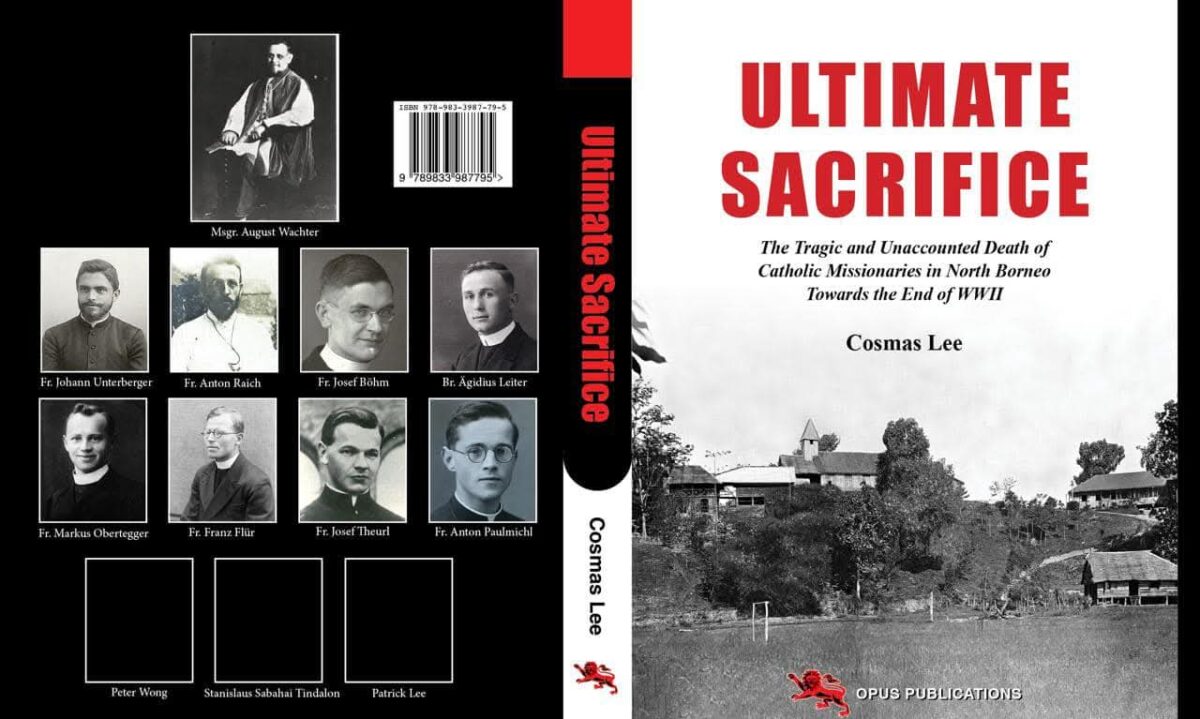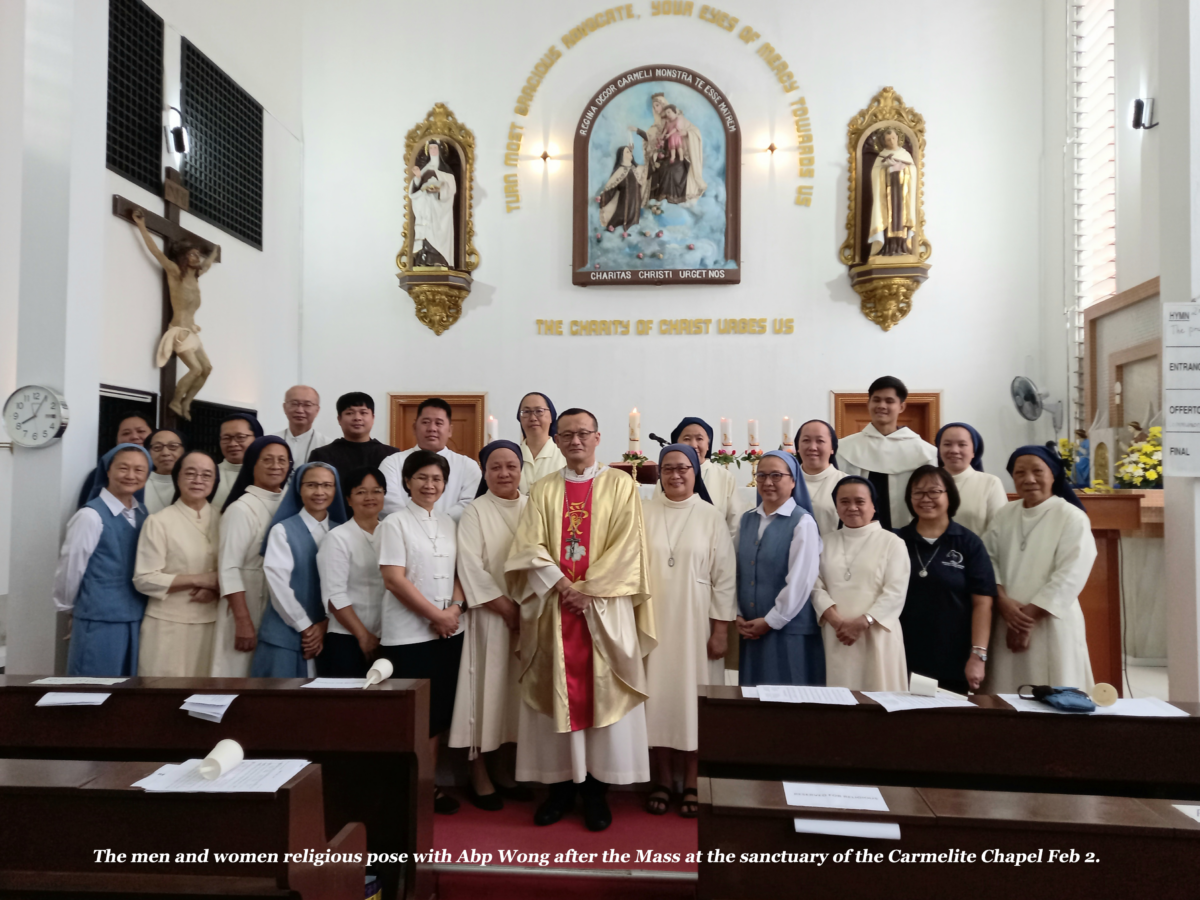PETALING JAYA – The Daughters of St Paul (aka Pauline…
Over 30 priests renew their priestly commitment at Chrism Mass

KOTA KINABALU – Over 30 priests renewed their commitment to priestly service before Archbishop John Wong at the Chrism Mass on 17 March 2016 at the jam-packed Sacred Heart Cathedral here. Joining the local clergy at the altar were Abp Emeritus John Lee and Fr Charles Chiew of Keningau Diocese.
The Chrism Mass is a rich, rare liturgical experience. One of the most beautiful Masses in the Church’s repertory, it represents the Church in miniature and benefits the entire archdiocese. In a sense this is a Mass of Holy Orders as well as of Holy Oils.
The bishop is to be looked on as the high priest of his flock. The life in Christ of his faithful is in some way derived from and dependent upon the bishop.
He concelebrates the chrism Mass with priests from the different parts of his diocese and during it consecrates the chrism and blesses the other holy oils. This Mass is therefore one of the chief expressions of the fullness of the bishop’s priesthood and is looked on as a symbol of the close bond between the bishop and his priests. For the chrism the bishop consecrates is used to anoint the newly baptized and to trace the sign of Christ on those to be confirmed; the oil of catechumens is used to prepare and dispose them for baptism; the oil of the sick, to strengthen them amid their infirmities.
The Christian liturgy has adopted the Old Testament usage of anointing kings, priests, and prophets with consecratory oil because they prefigured Christ, whose name means “the anointed of the Lord.”
Similarly, the chrism is a sign that Christians, incorporated by baptism into the paschal mystery of Christ, dying, buried, and rising with him, are sharers in his kingly and prophetic priesthood and that by confirmation they receive the spiritual anointing of the Spirit who is given to them.
The oil of catechumens extends the effects of the baptismal exorcisms: it strengthens the candidates with the power to renounce the devil and sin before they go to the font of life for rebirth.
The oil of the sick, for the use of which James is the witness, provides the sick with a remedy for both spiritual and bodily illness, so that they may have strength to bear up under evil and obtain pardon for their sins.
In his homily, the prelate linked the readings to the Year of Mercy, exhorting all present – clergy, religious and laity – to be merciful as the Father is merciful. Then he invited the priests to renew publicly their priestly promises.
In response to the presider’s invitation, the 34 priests present gathered around the altar before him and renewed their priestly commitment. The prelate also asked the people present to pray for the priests and for him to be faithful in fulfilling their office.
After the renewal, the vessels of oil were brought to the altar along with the bread, wine and water. The oil of the sick was brought by Fr Tony Mojiwat (hospital chaplain), the oil of the catechumens by Fr Nicholas Stephen (adviser to the catechetical commission) and the oil for the chrism by Fr Wilfred Atin (director of aspirants). The other gifts were brought by a family. When they reached the altar, the prelate received the gifts.
The blessing of the oils took place immediately. First, the prelate blessed the oil of the sick, followed by the blessing of the oil of the catechumens.
For the consecration of the chrism the prelate first poured the balsam or perfume in the oil and mixed the chrism in silence. Then he breathed over the opening of the vessel of chrism. With his hands extended, he said the consecratory prayer. At a certain point, all the celebrants extended their right hands toward the chrism, without saying anything, until the end of the prayer.
After the final blessing of the Mass, the blessed oils were carried to the sacristy where they were then distributed to the different parishes.
Msgr Primus Jouil returned to the cathedral to bless the oils brought by the people.



